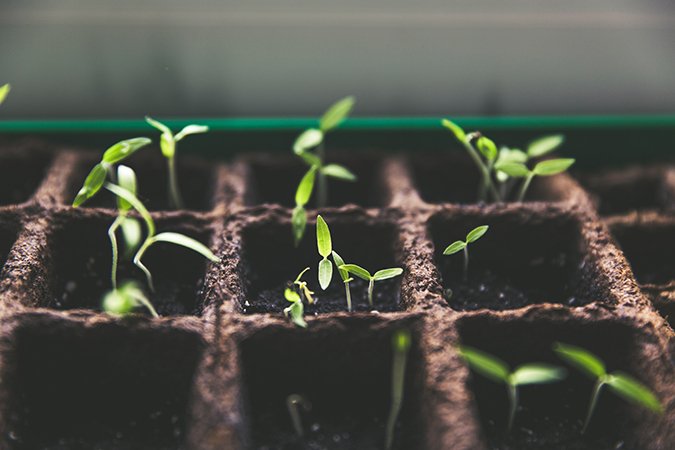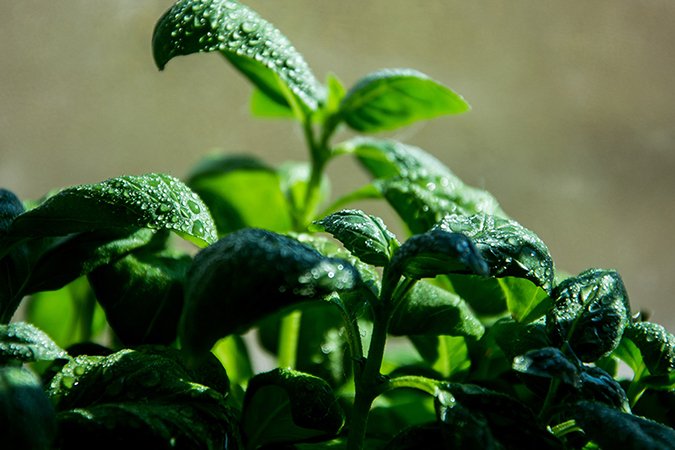How to mix organic fertilizer
Learning how to mix organic fertilizer is a way to care for your soil in the long run and improve your plant´s life quality, and with a few simple tricks, it does not have to cost a fortune. In this article we will cover:
- How to mix organic fertilizer: understanding your soil and plant nutrition basics
- How to mix organic fertilizer and how to make it work
- How to mix organic fertilizer: alternatives
How to mix organic fertilizer: understanding your soil and plant nutrition basics
The basics of how to mix organic fertilizer begin with understanding the basics of plant nutrition. As the International Fertilizer Association states, in addition to carbon, hydrogen, and oxygen, which they get from the atmosphere, plants need 14 essential nutrients for their growth and health. If you happen to grow your plants in fertile soil, it might be that many of those elements are already present. The thing is that while growing and blooming, the plants consume the nutrients present. If you want to keep growing happy, well-fed plants, you might need to consider running soil tests and learning how to mix organic fertilizer (or obtaining one).
Nutrients that plants need in large quantities, also known as macronutrients, are:
- Nitrogen - helps plants make the proteins they require to produce new tissues. It is very volatile in soil, and some tests do not even mark it. If it does show, you want it to be very low, so that you can add a slow-release version of it so that there is plenty available during the growing season.
- Phosphorus – helps the plant set buds and flowers, stimulates root growth, improves vitality, and increases seed size. Some homemade soil additives might cause phosphorus (as well as potassium) to accumulate in the soil over time. If your soil tests high for those nutrients, you might want to leave those nutrients out from your homemade mixes.
- Potassium - improves the overall strength of the plant. It helps the plants make carbohydrates and provides disease resistance. It also helps regulate metabolic activities.
Plants also need sulphur (S), magnesium (Mg), calcium (Ca), iron (Fe), manganese (Mn), zinc (Zn), copper (Cu), boron (B), molybdenum (Mo), chlorine (Cl), nickel (Ni). Additional elements may be essential to a few plant species, e.g. sodium (Na) and cobalt (Co). However, you might want to start from simple mixes, so that you can learn as you go without overdosing any of the elements.
How to mix organic fertilizer: and how to make it work
An important factor in understanding how to mix organic fertilizer is that in an organic garden, urgent changes are not welcome. You must make all changes slowly so that you do not risk upsetting the soil balance you are striving to reach. Also, you must make sure there is enough organic matter content in your soil, as organic fertilizers only ¨unlock¨ their nutrients when in contact with organic matter such as bacteria, fungi, wáter, and other forms of soil life. To make sure your fertilizer will work in soil low in organic matter, you could apply fertilizer with well-prepared compost, or with a bacterial and mycorrhizal inoculant.
How to mix organic fertilizer: alternatives
If all this sounds much. and you would prefer to look for specialist-made organic fertilizers, click here to see a full range of their organic fertilizers. If you require personal advice tailored to the needs of your plants or have questions, please do not hesitate to contact BAC experts here.




